S2 Ep 6. Kiln-fired Science: The Great Pottery Throw Down
Listen Now
Kiln you believe this is the last episode of this series? Join us as we slip into the science behind the Great Pottery Throw Down.
This week we try our hand at one of the oldest crafts in the world, and talk to people who know much more about ceramics than we do! We learn how to make pottery with Kim at Blue Leaf Ceramics and chat to the President of the European Ceramic Society.
Did you know Johnny Vegas has a piece of pottery at the V & A museum? Did you know ceramics are used in space exploration and jet engines? Why are some pots terracotta and others white? How do glazes work? Why do they put pots in big pits in the ground? How might ceramics help in the fight against cancer?
Join us for the answers to all these questions and much more…
Listen to the podcast now on:
Meet our guests
Kim Donaldson
Kim is an artist who owns Blue Leaf Ceramics in Bath. She runs pottery parties, courses and workshops from her studio and was kind enough to help us to produce some pots of our own!
Jon Binner
Jon Binner is Professor of Ceramic Science and Engineering at the University of Birmingham, he is also the President of the European Ceramic Society. He has been active in ceramics processing research since 1981, published over 200 reviewed papers and holds 7 patents!
Who else would we talk to about the versatility of ceramics…
The Great Pottery Thrown Down Blogs
Episode Photo Gallery
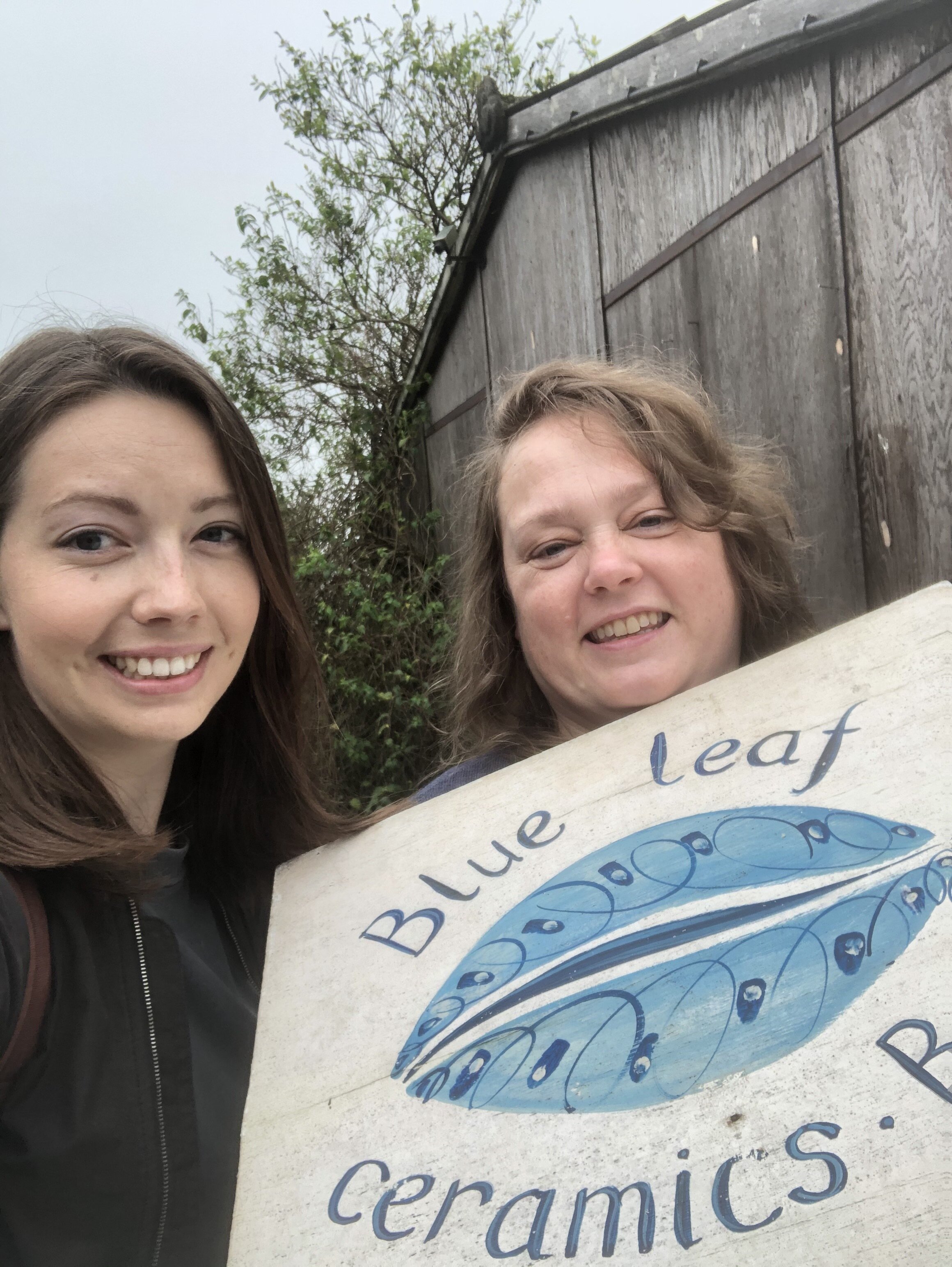
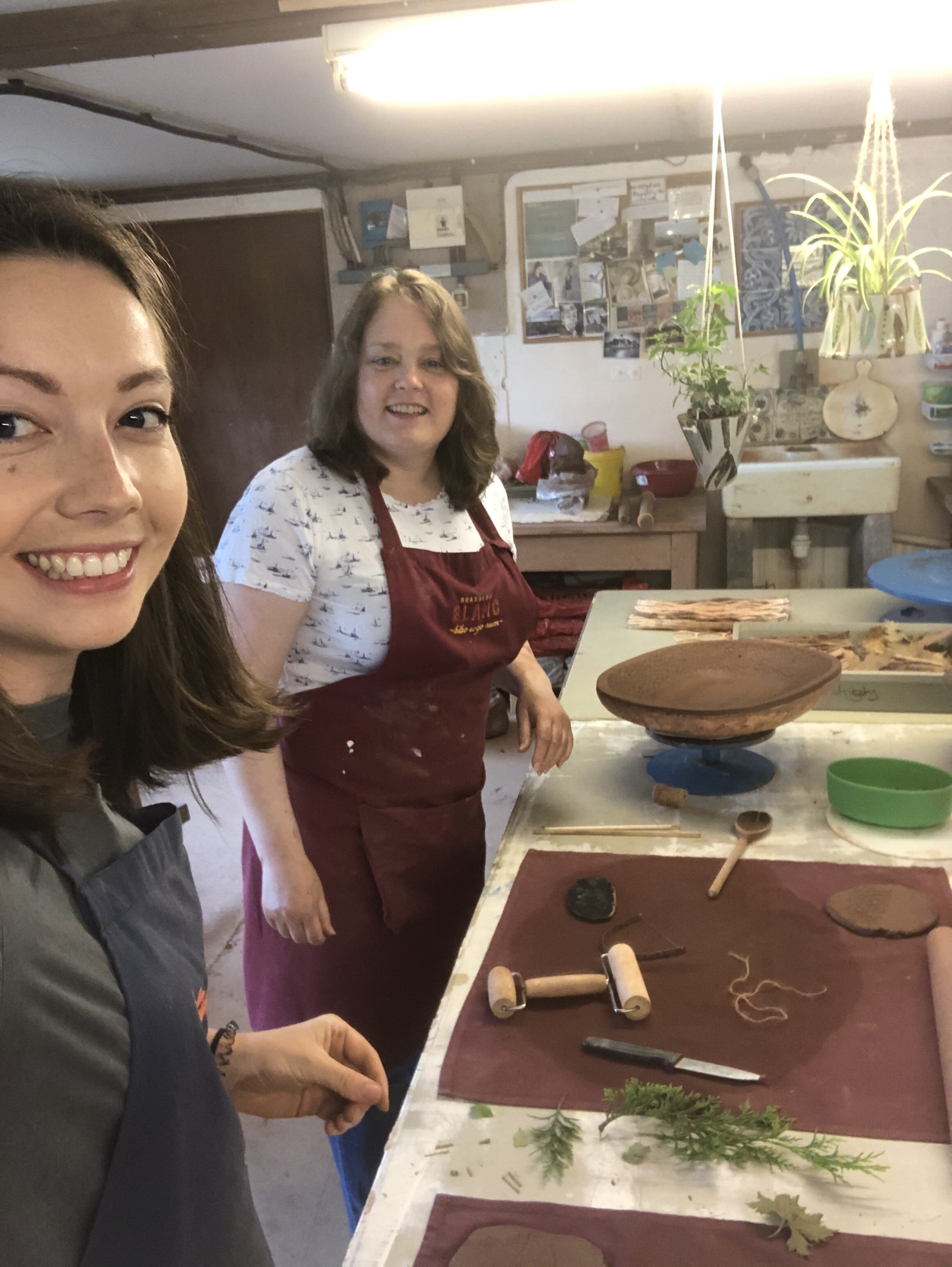
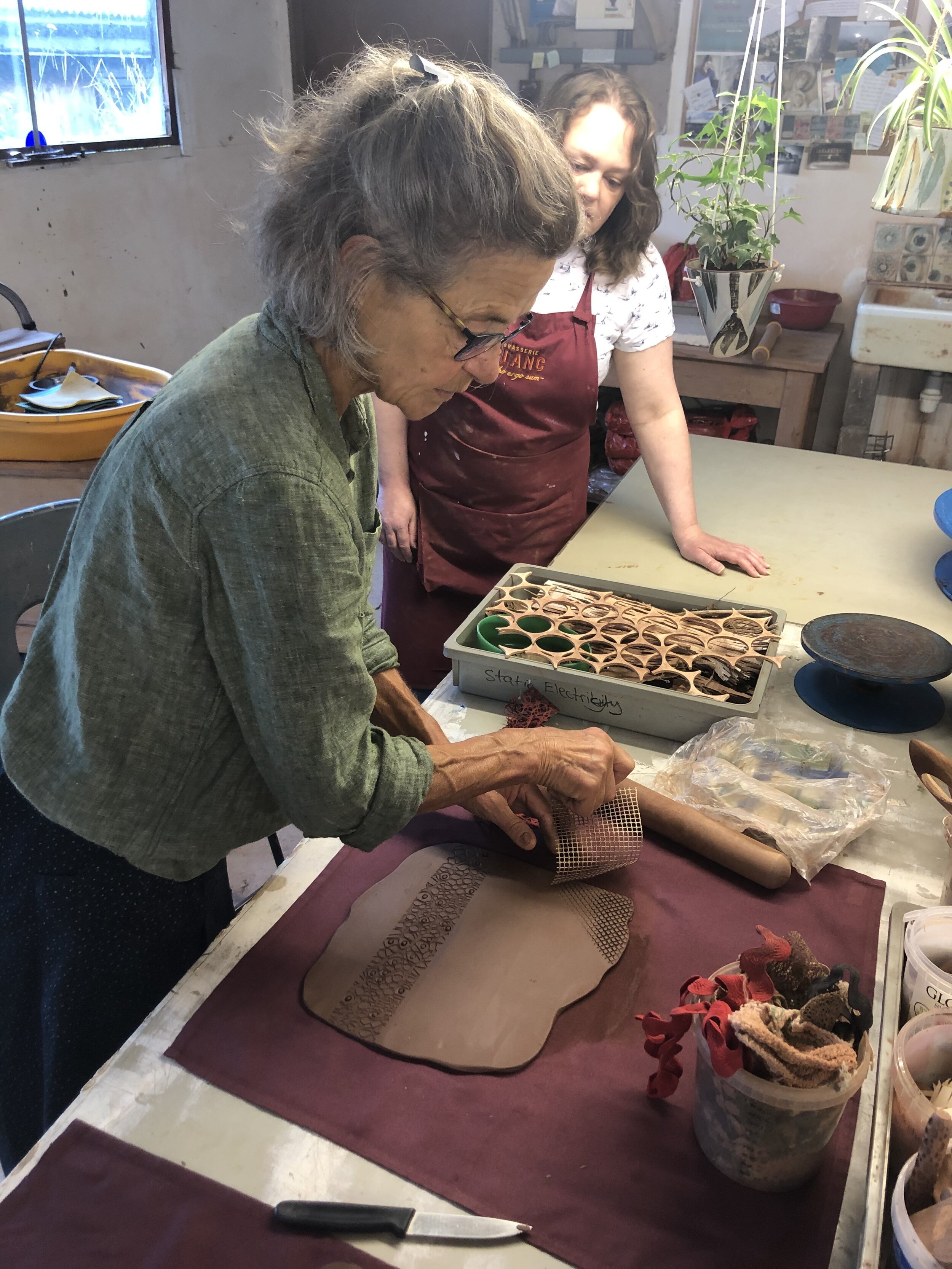
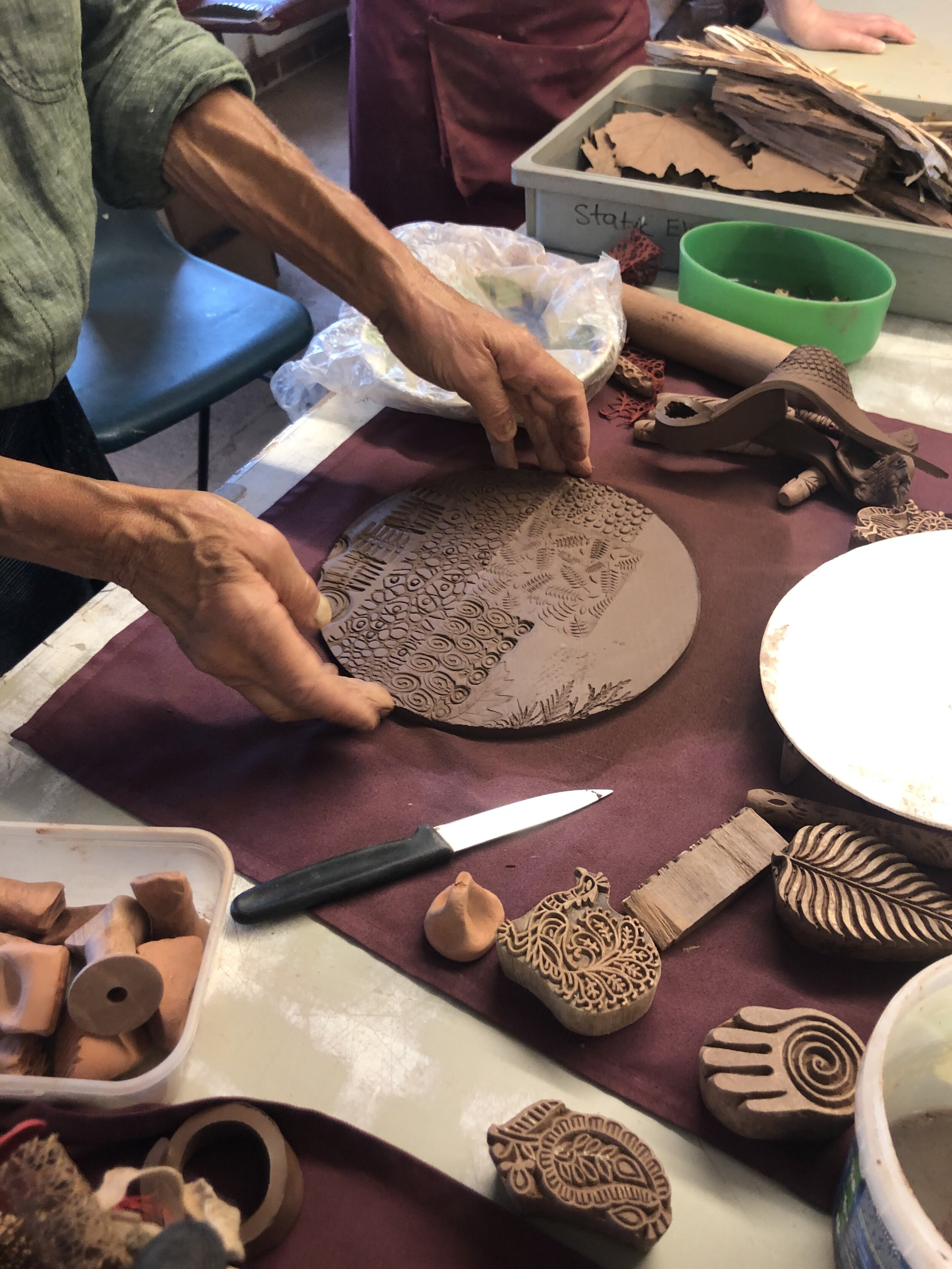
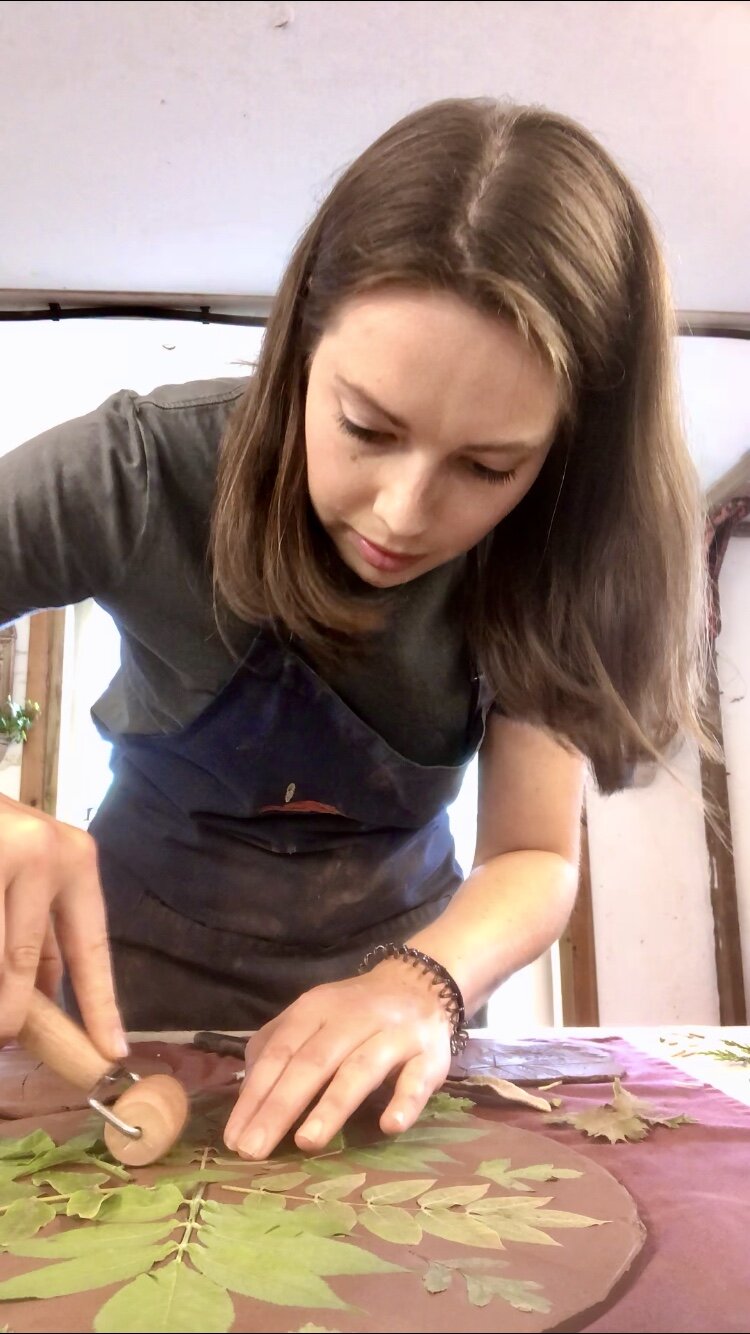
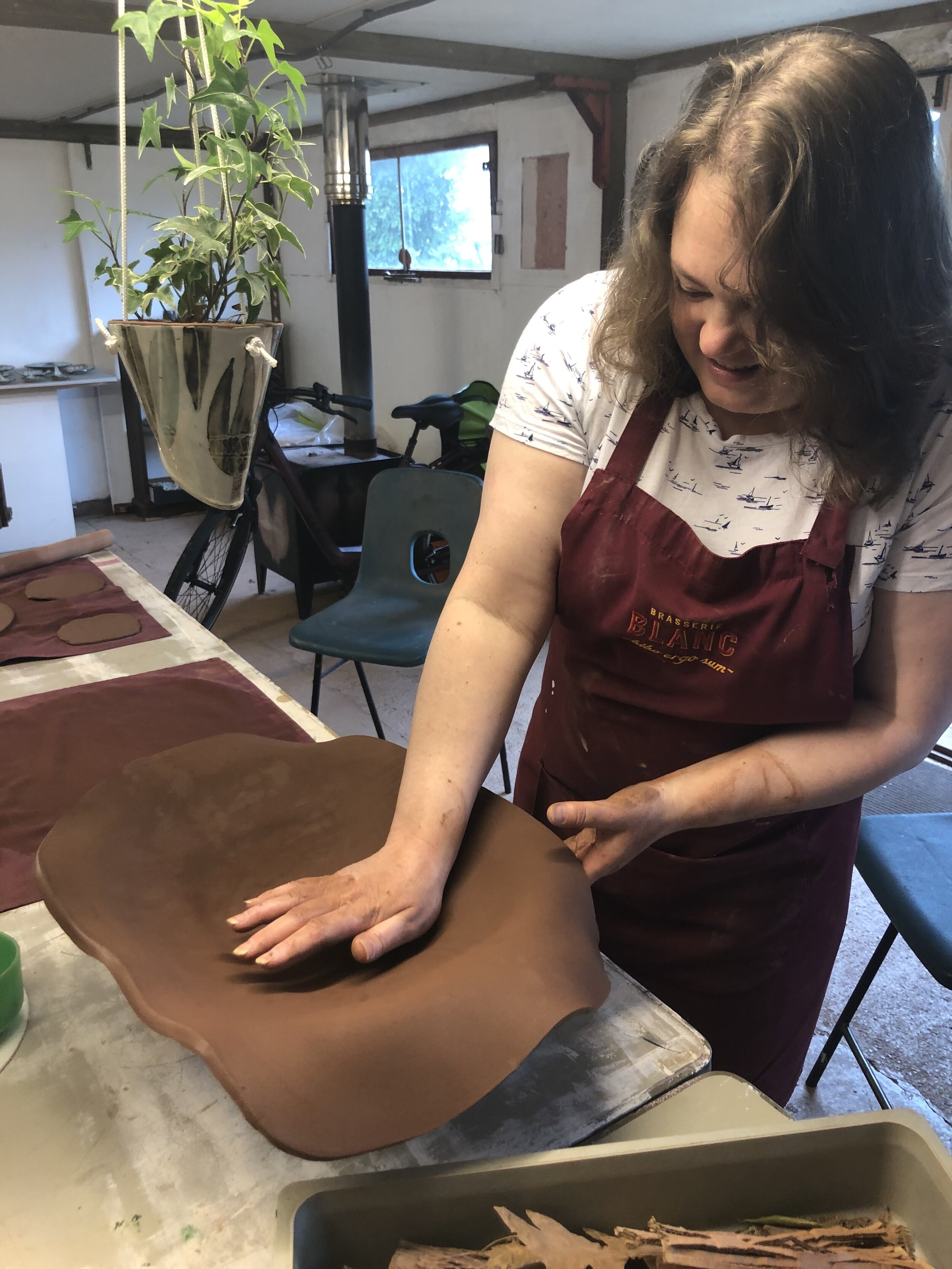
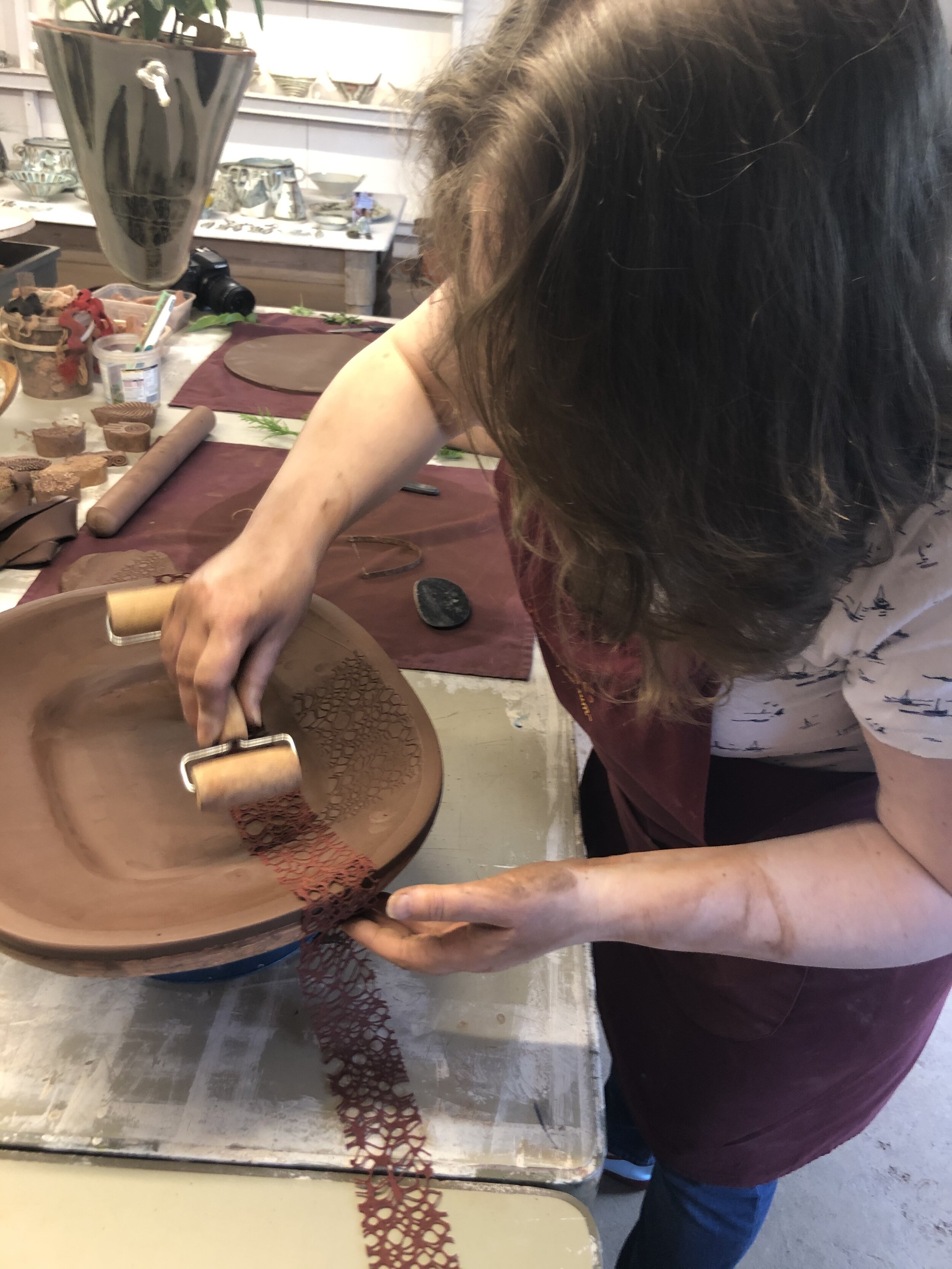
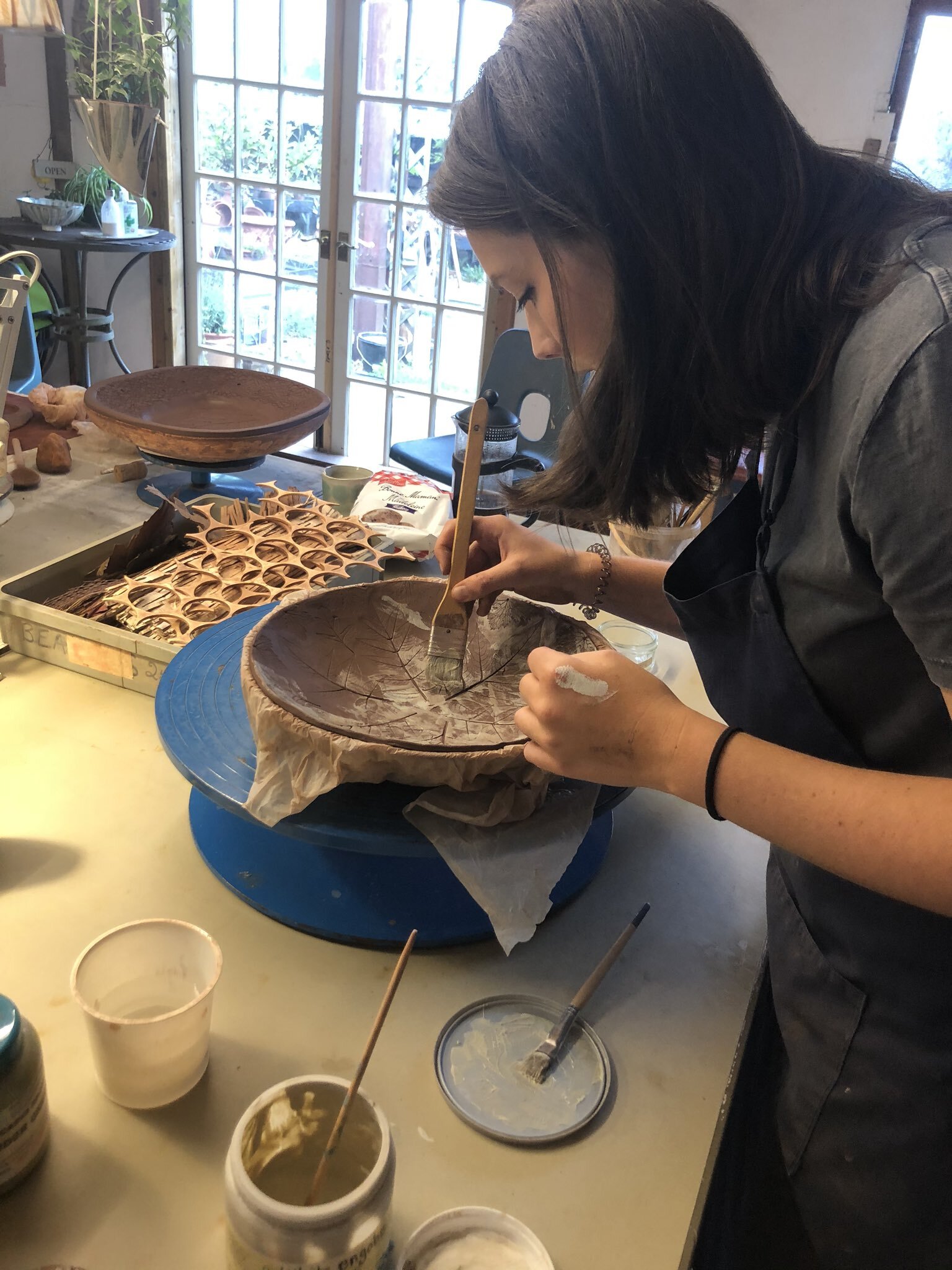

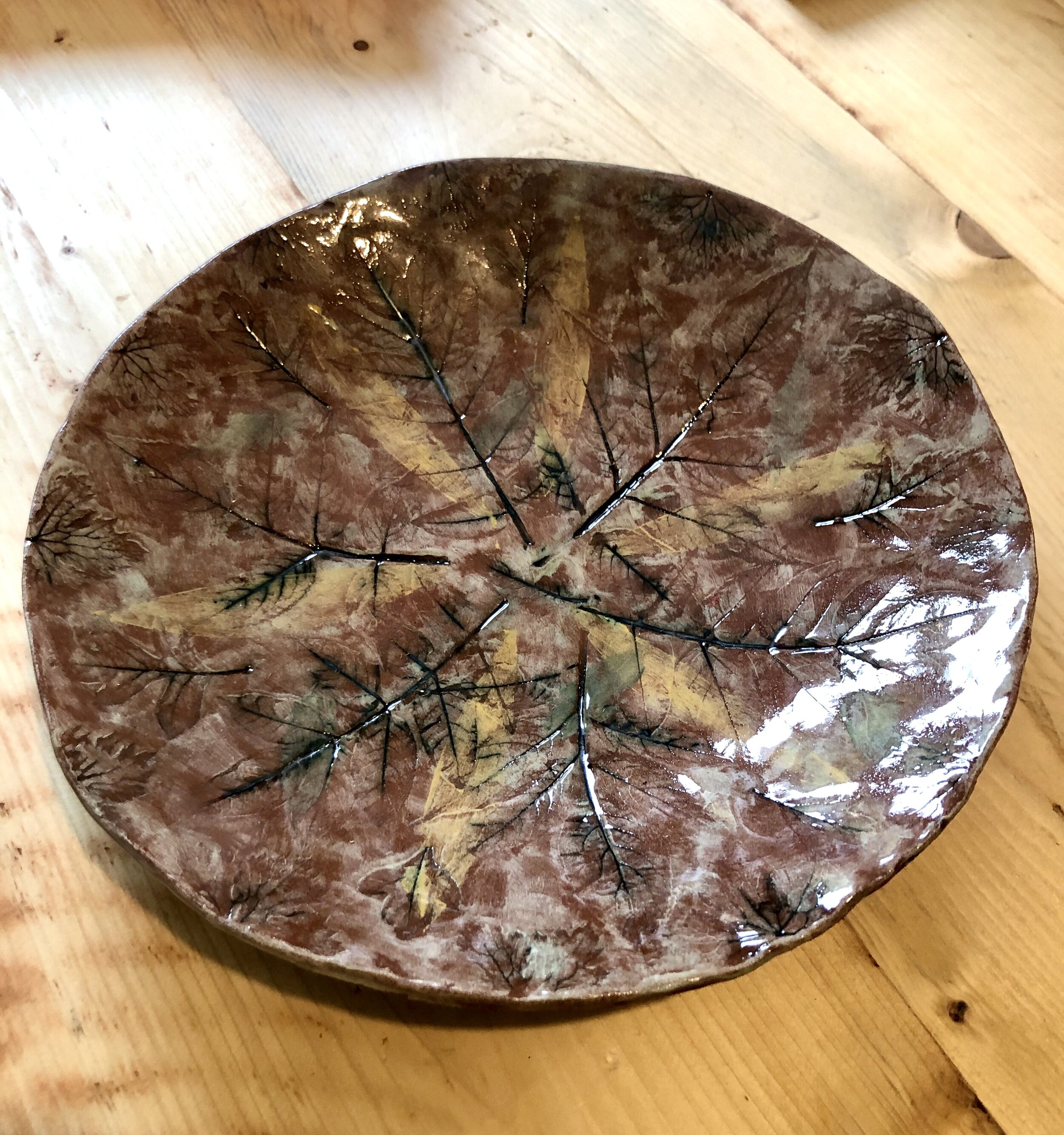


Episode References (if you fancy some extra reading)
Bloomfield, L. (2017) Science for potters. Westerville: The American Ceramic Society
Bouville F. and Studart A. (2017) Geologically-inspired strong bulk ceramics made with water at room temperature. Nature Communications. 8, 14655
Breuer, S. (2012) The chemistry of pottery. Royal Society of Chemistry [online]. Available from: https://edu.rsc.org/feature/the-chemistry-of-pottery/2020245.article
Clark, J. (2015) The general features of transition metal chemistry. Chemguide [online]. Available from: https://www.chemguide.co.uk/inorganic/transition/features.html
Curtin, C. (2007) Fact or fiction?: Glass is a (supercooled) liquid. Are medieval windows melting? Scientific American [online]. Available from: https://www.scientificamerican.com/article/fact-fiction-glass-liquid/
Lancaster University (2020) Developing roads that can generate power from passing traffic. EurekAlert! [online]. Available from: https://www.eurekalert.org/pub_releases/2017-09/lu-drt091817.php
McDonald, L. (2020) Brew coffee sustainably using ceramics and glass filters. The American Ceramic Society [online]. Available from: https://ceramics.org/ceramic-tech-today/ceramic-video/video-brew-coffee-sustainably-using-ceramic-and-glass-filters
Polishchuk, I., Bracha, A., Bloch, L., Levy, D., Kozachkevich, S., Etinger-Geller, Y., and Hendler, G. (2017). Coherently aligned nanoparticles within a biogenic single crystal: a biological prestressing strategy. Science. 358(6368) pp.1294-1298.
Science Learning Hub (2010) Uses for advanced ceramics. [online]. Available from: https://www.sciencelearn.org.nz/resources/1775-uses-for-advanced-ceramics
Science Learning Hub (2010) What are ceramics? [online]. Available from: https://www.sciencelearn.org.nz/resources/1769-what-are-ceramics
Sennebogen, E. (2020) How pottery works. How stuff works [online]. Available from: https://home.howstuffworks.com/green-living/pottery1.htm
Velasco-Hogan, A., Deheyn, D., Koch, M., Nothdurft, B., Arzt, E. and Meyers, M. (2019). On the nature of the transparent teeth of the deep-sea dragonfish, Aristostomias scintillans. Matter. 1(1) pp.235-249.
Wang, X., Xue, J., Ma, B., Wu, J., Chang, J. Gelinsky, M. and Wu, C. (2020) Black Bioceramics: Combining regeneration with therapy. Advanced Materials. 2005140

